The 4 inch iPhone
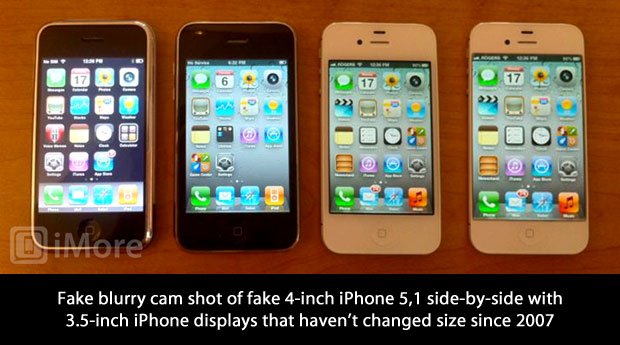
If Apple changes to a 4-inch screen in the next iPhone (iPhone 5,1), how could they do it while minimizing impact on users and developers? Assuming everyone wants a bigger screen, how does Apple implement it without breaking existing applications, causing backwards compatibility problems, and otherwise fragmenting the platform and frustrating stakeholders? Let's try to figure that out.
For a while now we've been hearing that Apple hadn't yet decided on the next iPhone design, and that while they were then working off the same 3.5-inch size are previous generations, they were still considering increasing the screen size up to 4-inches (but no more than that).
Earlier today both The Wall Street Journal and Reuters published stories saying Apple was going ahead with a 4-inch iPhone screen, but didn't provide any details as to how a 4 inch screen would be implemented. And those details are arguably even more important than the screen size itself.
That's because change has ramifications. Every choice has a cost. When you're dealing with millimeters and milliamps and megabits-per-second, everything is a compromise.
If Apple has indeed chosen to go with a 4 inch screen, there are only so many choices they can make, compromises they can reach, and ramifications that can be handled, developers, and Apple itself.
Scaling the current iPhone screen up to 4-inches
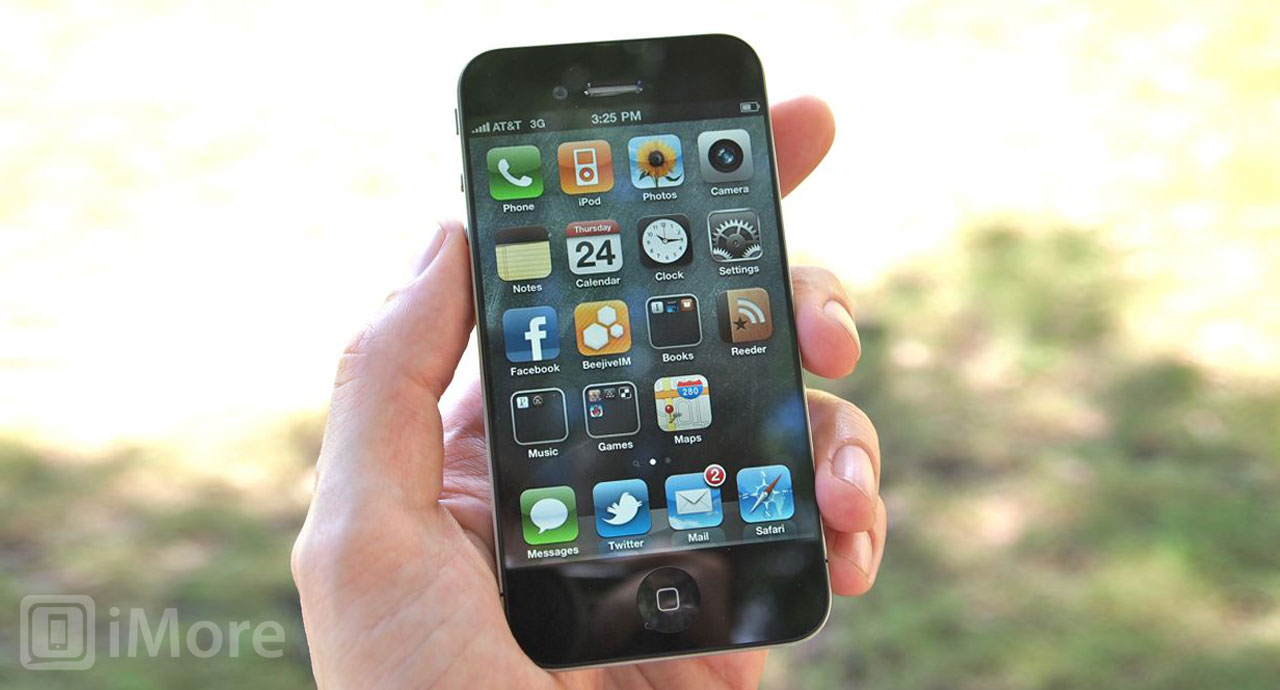
Apple can simply take the current 960x640, 326ppi, 2:3, 3.5-inch display and physically scale it up to 4 inches. The pixel density would drop to 288ppi, which would be substantially less, but would still be more than the new iPad's 264ppi display. (And would still be higher than the new iPad display -- so hold that as close as you hold your iPhone and see how it holds up.)
The result of this type of screen would be bigger text, bigger controls and buttons, bigger touch targets -- in other words, bigger apps. There would be no extra pixels gained, so the amount of information that could be displayed wouldn't change, but the same amount of information would be displayed at a larger, presumably easier to consumer, easier to interact with size. Only at a lower density.
Master your iPhone in minutes
iMore offers spot-on advice and guidance from our team of experts, with decades of Apple device experience to lean on. Learn more with iMore!
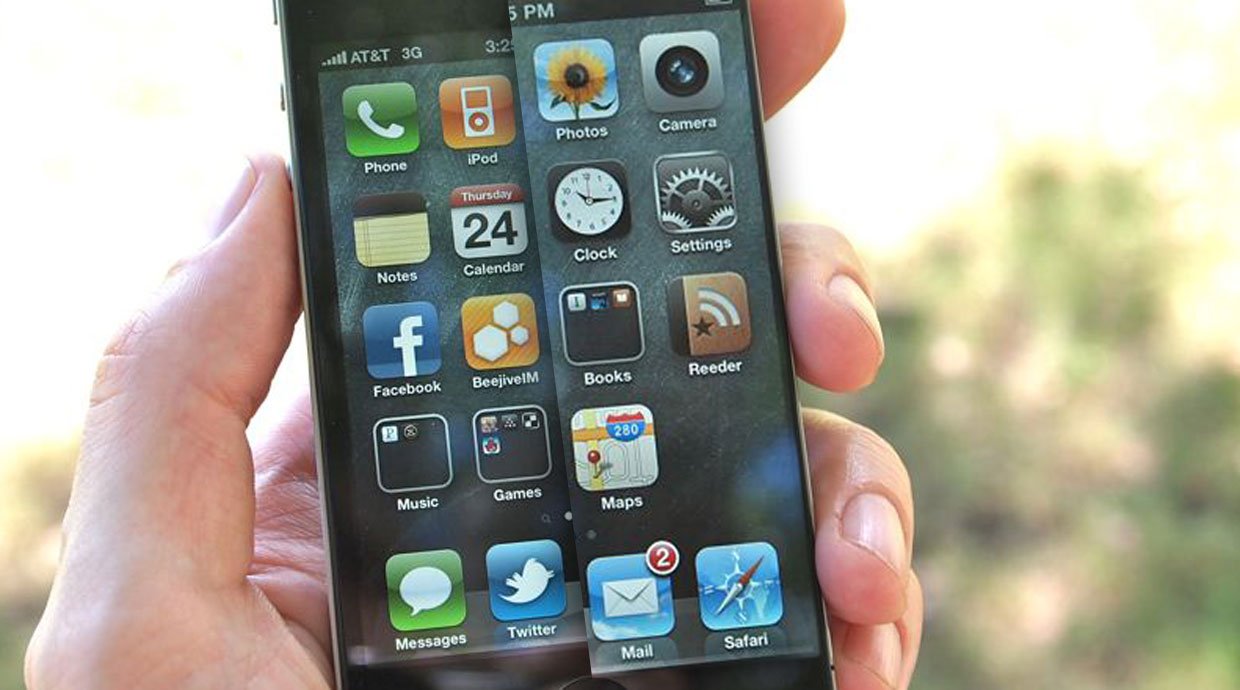
Does that matter?
Apple has invested heavily in the "Retina display" marketing concept. Retina, however, is a function of density over distance -- the further away you hold the screen, the lower the density needed for pixels to effectively disappear. Apple could, even tenuously, argue a bigger screen would be held slightly further away, resulting in little net loss of "Retina-ness". (They did that at the new iPad event, after all).
Put it all together and users get the advantages of a bigger screen, developers get the advantage of keeping a consistent screen resolution target, and Apple gets the advantage of not substantially disturbing or disrupting either of those groups. For these reasons, if Apple does go with the a 4-inch screen, this seems to me to be the most likely path they'll take to get there.
Scaling the current iPhone screen to 4-inches, pixel doubling it (again)
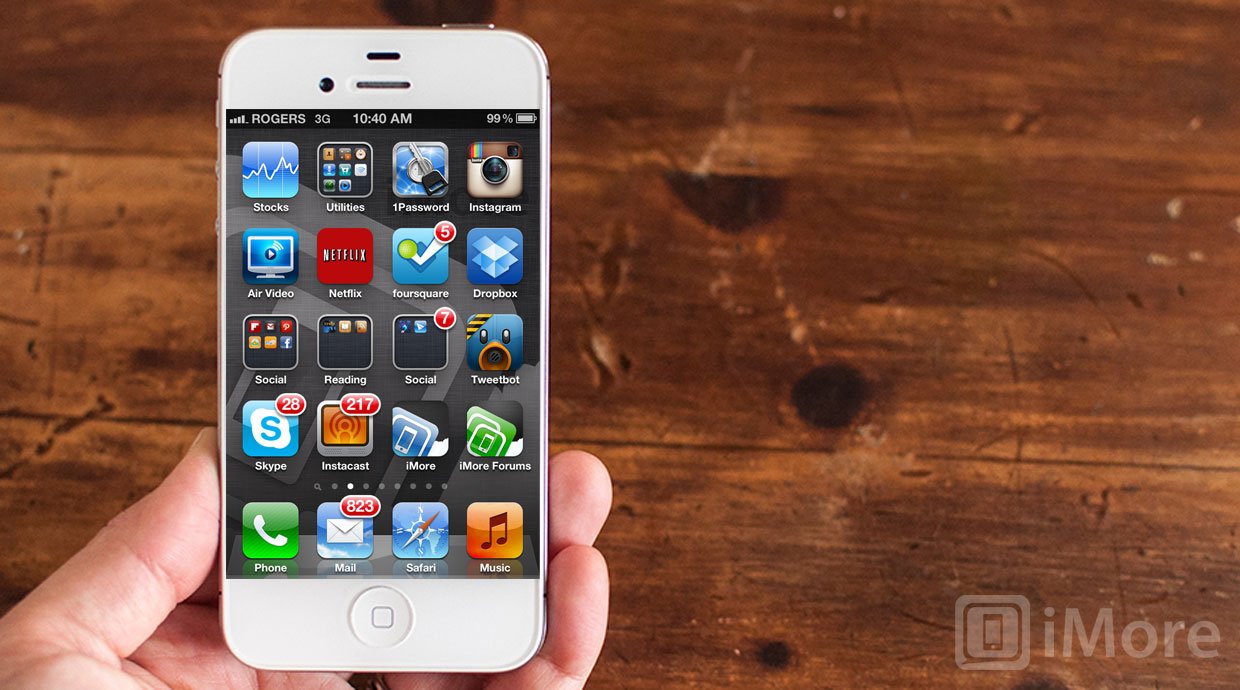
Apple could take the current 960x640, 326ppi, 2:3, 3.5-inch display and scale it up to 4 inches, and once again double the pixel count to 1920x1280. That pixel density would explode to 579ppi, which... is frankly insane.
Never mind how expensive that kind of panel would be, or how hard it would be to achieve usable yield rates, it's overkill. It would enjoy the same benefits as a physically larger display, but maintain Retina display -- even for a falcon.
But as Georgia pointed out on the podcast earlier, that panel would also cost battery power to light it up and graphics power to push that many pixels around.
Unless Apple wants to increase screen size substantially beyond 4-inches, and screen, battery, and mobile GPU technology advances while prices fall and yield rates shoot through the roof, this seems extremely unlikely.
Scaling the current iPhone screen to 4-inches, changing the aspect ratio
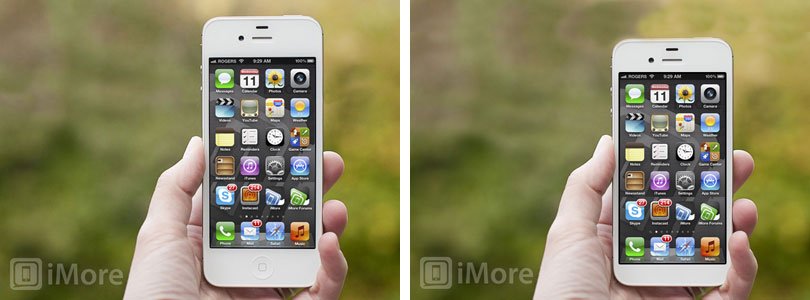
Apple could take the current 960x640, 326ppi, 2:3, 3.5-inch display but change the aspect ratio to something closer to 9:5 and increase the height to 4 inches by adding pixels. The resolution would increase to 1152x640, and the pixel density would remain the same. (It's just adding extra pixels to the top and bottom.)
Timothy Collins brought this up on The Verge and John Gruber of Daring Fireball pointed a giant spotlight on it. iLounge later added to this particular rumor pile.
Since pixel size remains the same, text size would remain the same, control/button size would remain the same, and touch target size would remain the same. Apps that use the built-in interface elements would simply add an extra row of information -- an extra row of icons, an extra row to the table or item to the list. The display would be vertically larger, and more information could be displayed on it. But what about apps that don't use built-in UI elements?
Safari would show more of a page's length, Mail would show an extra message, but games and anything with a highly customized, non-table based interface would have to be pillar-boxed. If developers made new versions that fill the extra space, those versions would be cut off on older iPhones. And if developers made 2 versions of the apps, it would mean more work for them and "fatter" binaries for users to download. (A universal app would go from having iPhone and iPad interface elements, to having old iPhone and new iPhone and iPad interfaces.)
While many things are possible, this doesn't seem like a very Apple-esque solution. It would fragment the iPhone platform for developers in a way Apple has resisted so far, and offer incomplete user benefits (increasing pixel count in only one direction).
More importantly, it would mean either significantly redesigning (or eliminating) the Home button, or lengthening the iPhone casing, or a bit of both. iMore has heard the Home button isn't going anywhere, and parts leaks have suggested it looks pretty much the same, so that leaves a longer iPhone and that... would be awkward. (Even if you remove part of the bezel to make room for it.)
Scaling the current iPhone to 4-inches, increasing the number of pixels
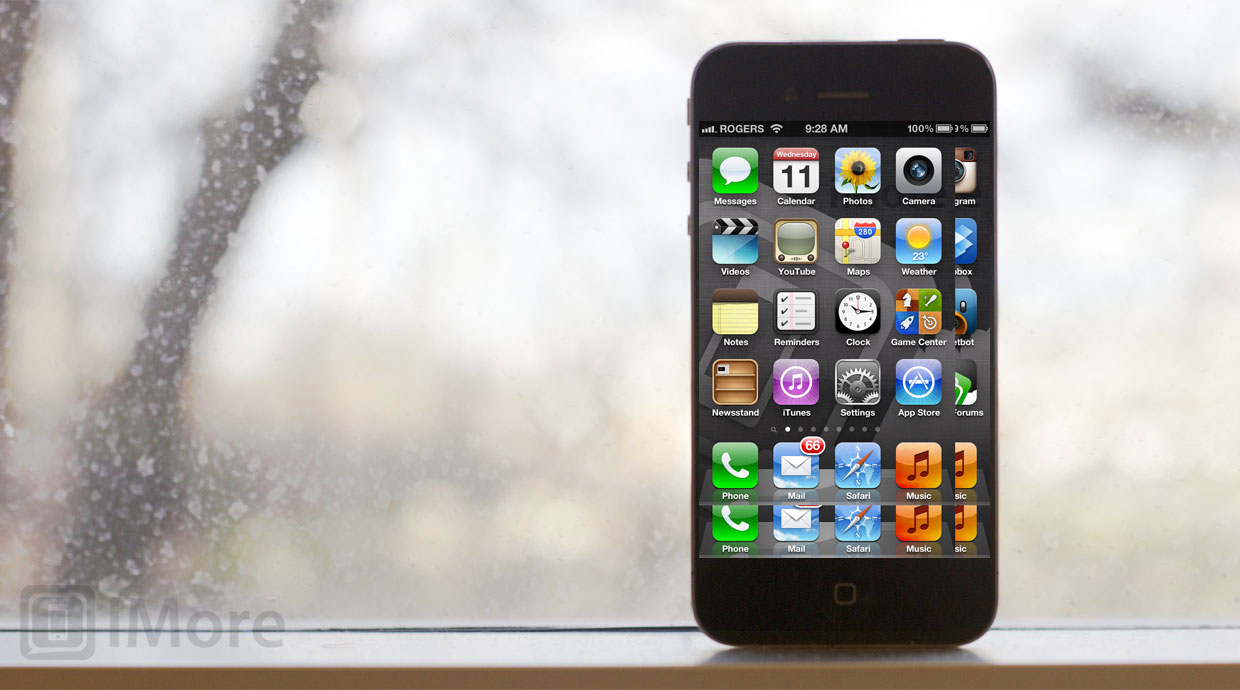
Apple could take the current 960x640, 326ppi, 2:3, 3.5-inch display and increase both the width and height to 4 inches by adding pixels. The resolution would increase to 1092x728 (or thereabouts), and the pixel density would remain the same. (It's just adding extra pixels all sides.)
As above, text, control/button, and touch target size would all remain the same, because the pixel density would remain the same. Apps that use the built-in interfaces could also add an extra vertical row of icons or list or row information, and could add extra "white" space in many cases, or vertical columns in some cases, to fill in those extra pixels.
While the user gets more information, unlike the vertical-only extension, splitting the extra pixels both ways means neither have enough room for an extra row or column of icons at the same pixel size. Safari would show a more of a page in both length and width, but Mail might not squeeze in an entire extra message, or that much more message contents. And now games and anything with a highly customized, non-table based interface would have to be completely boxed, the way iPhone apps are on the higher pixel count iPad display, or stretched to fit, which would look horrible.

If developers make new versions that fill the extra space, those versions would be cut off on older iPhones, or scaled down to fit that would likewise look horrible. (As I've discussed previously.)

So even more work for developers, maybe an @1.14x physical size, and still "fatter" binaries for users to download.
Automagic scaling, like some platforms promise with sliding components, is as mythical in design as "write-once-deploy-everywhere" is in programming. Lazy developers or incredibly programmatic app implementations might default to it, but pixel perfect designers are going to want pixel level control over every screen size and density.
That makes this solution just as unlikely as the last. Even if Apple takes the (now) unusual step of canceling previous generation iPhones when the new one launches, and abandoning their current lower price point strategy, there would still be hundreds of millions of 480x320/960x640 iPhones and iPod touches on the market, and developers would want their apps to run on that massive install base.
increase both the width and height to 4 inches by adding pixels. The resolution would increase to 1092x728 (or thereabouts), and the pixel density would remain the same. (It's just adding extra pixels all sides.)
Switching to 720p resolution
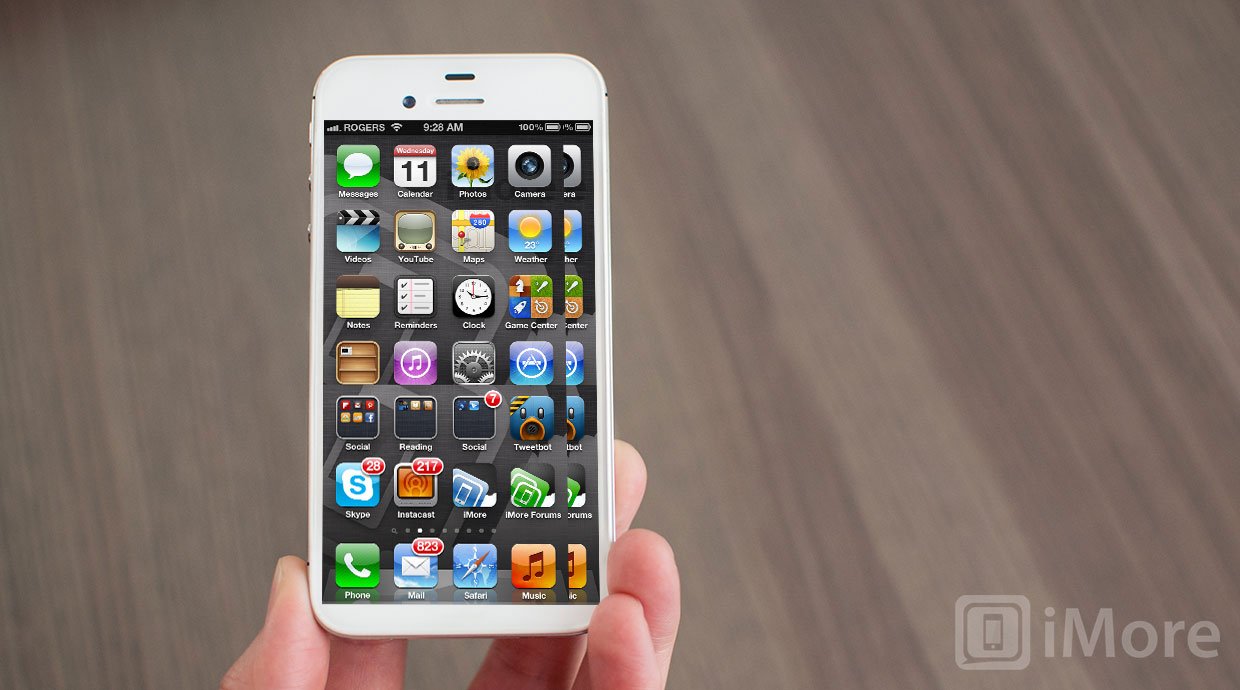
Apple could take the current 960x640, 326ppi, 2:3, 3.5-inch display and simply swap it out for a standard resolution screen like 1280x720, at 16:9.
There are Android Devices that use this screen, but so far they can't be made any smaller/denser than 4.3 inches (see the HTC Rezound). Does Apple might have the tech muscle to drive that resolution down to 4 inches any time soon?
The pixel count would be able to show more information horizontally and vertically, and it would be a Retina display and then some at 367 ppi. If icons and text stay the same pixel count, then the presentation would be smaller. If the physical size stays the same, pixel count has to increase.
That's what happens when you changing so many parameters at once -- physical size, pixel count, aspect ratio -- it has both the benefits and the problems of everything else already listed above.
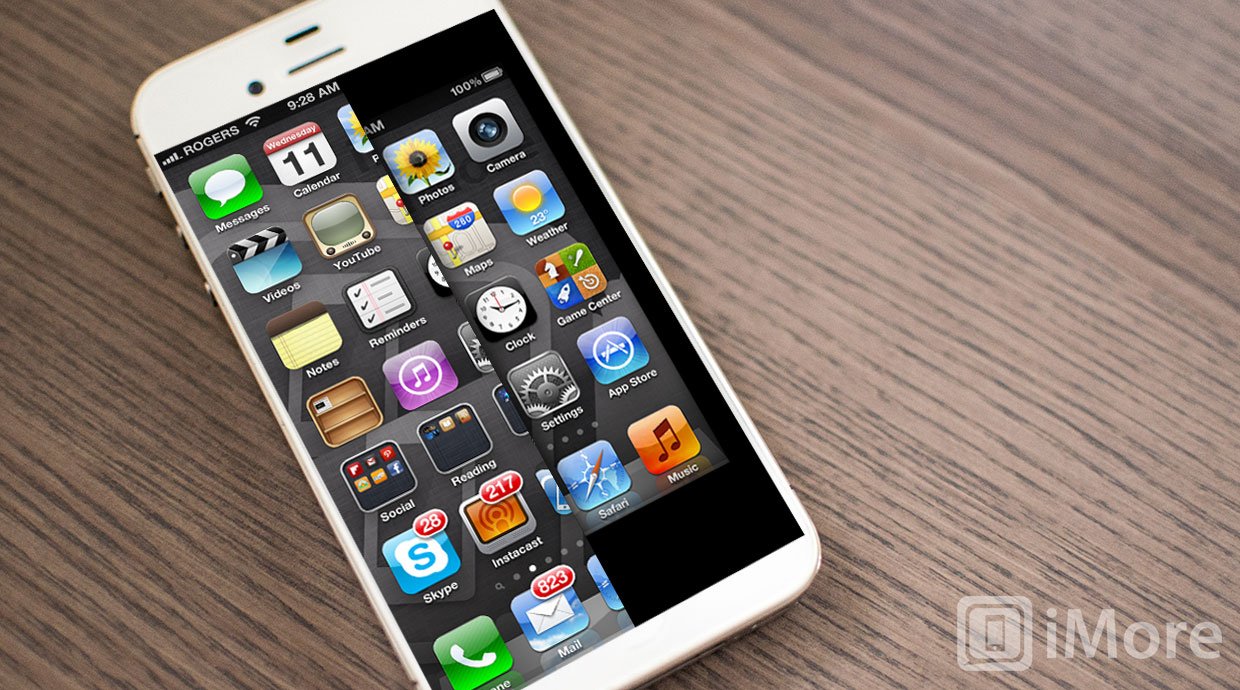
Apple would need a third new interface size, existing apps would be boxed, and new apps would need to be cropped or scaled on older devices, resulting in a horrible experience and appearance. That makes this option seem the least likely of the bunch.
Switching to original iPad screen
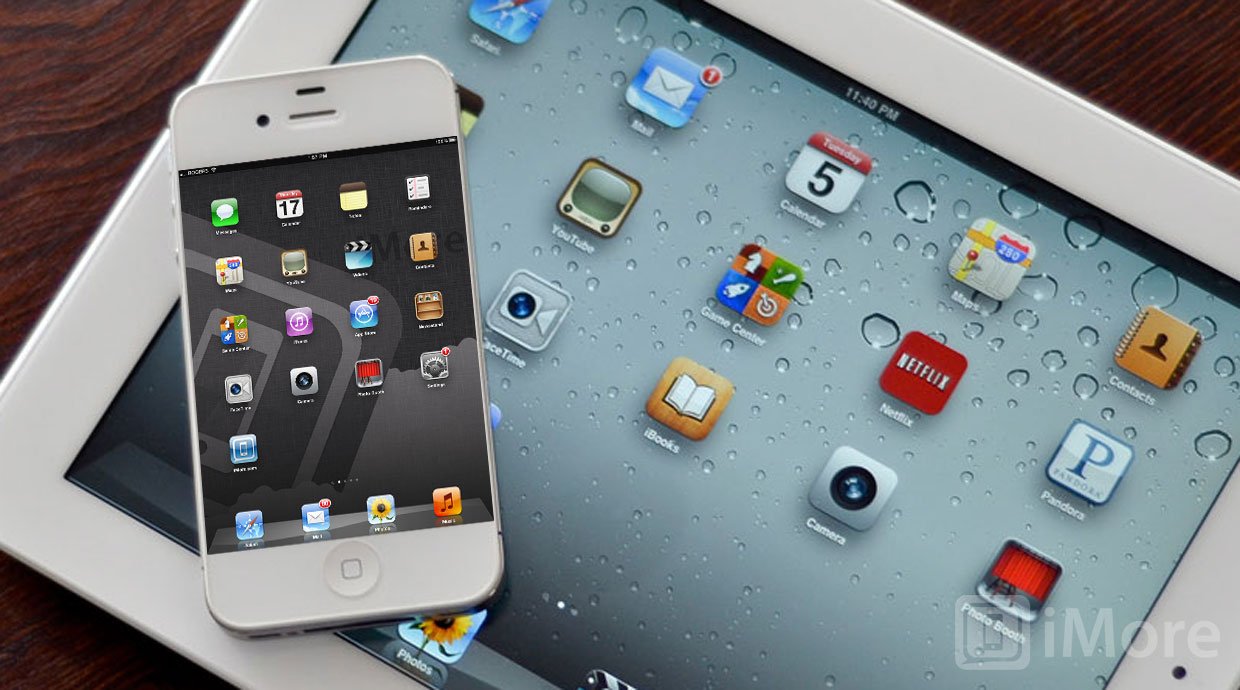
Apple could take the current 960x640, 326ppi, 2:3, 3.5-inch display and simply swap it out for a much smaller version of the 1024x768, 4:3 iPad display. This would peg the density at 320 ppi.
Other than it being the same resolution as the original iPad and iPad 2, there's not much different about this option than the 2:3 1092x728 or the 16:9 1280x720. It has the same benefits and drawbacks as both the previous options.
The argument that it would let iPad apps run on the iPhone is problematic, however, as iPad apps have controls/buttons and touch targets designed for a much larger physical size and if you think shaving fingers down for a 7-inch version of the iPad is a challenge, reducing them to the needlepoints necessary for what would essentially be a 4-inch version of the iPad is even more so.
Under the "let iPhones be iPhones" motto, this doesn't seem likely either.
Something else
Apple could have some other way to handle a 4-inch screen, or combination of ways. Point of fact, Apple already knows what they're planning to do (if they're planning to do it), or at least which methods they're testing. That doesn't diminish the mental exercise of trying to divine it before Apple announces it, but it does put it in context.
If Apple goes with a 4-inch screen -- and until Tim Cook or Phil Schiller holds it up on stage, or it somehow leaks conclusively, a 4-inch screen remains an if -- these are just some possibilities.
And all of them have ramifications, opportunity costs, and compromises. Some simply more than others.
Additional resources

Rene Ritchie is one of the most respected Apple analysts in the business, reaching a combined audience of over 40 million readers a month. His YouTube channel, Vector, has over 90 thousand subscribers and 14 million views and his podcasts, including Debug, have been downloaded over 20 million times. He also regularly co-hosts MacBreak Weekly for the TWiT network and co-hosted CES Live! and Talk Mobile. Based in Montreal, Rene is a former director of product marketing, web developer, and graphic designer. He's authored several books and appeared on numerous television and radio segments to discuss Apple and the technology industry. When not working, he likes to cook, grapple, and spend time with his friends and family.
